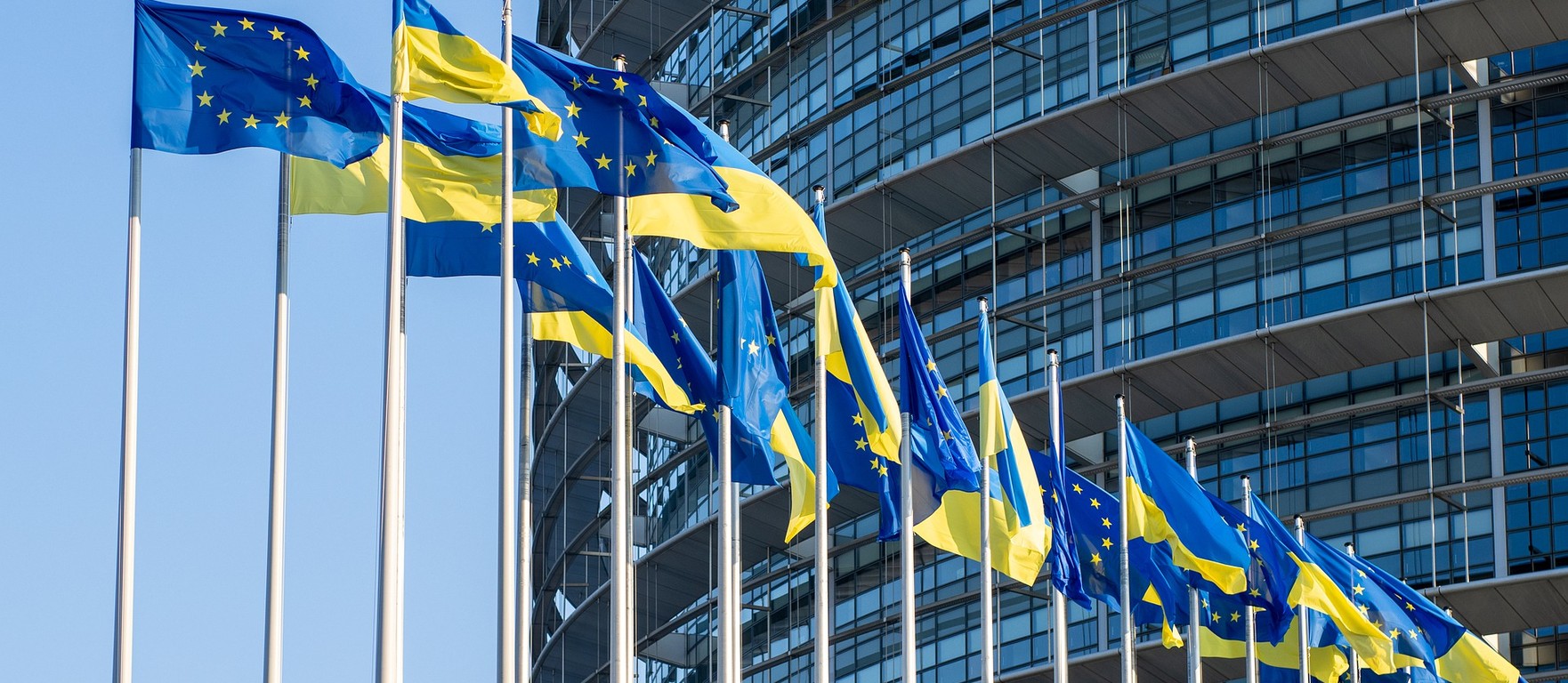
Europe urgently needs a burden-sharing plan to deal with the Ukrainian refugee crisis
24. 03. 2022 – Lomond
The response to the Ukrainian refugee crisis from the general public across the most affected countries in Central & Eastern Europe has been incredible to see. In every country, people have been opening their homes, volunteering their time and making donations.
However, the scale of the challenge is far too great for it to be met by public goodwill alone. With numbers rising all the time and no end in sight to the war in Ukraine, we are also already at the point where the countries in this region can no longer cope on their own, even with substantial financial support from the European Union.
To put things in context, here were the number of refugees that had entered the six most affected countries by the end of last weekend:

We don’t know how many of these people have since moved on to other countries, but even if it’s a significant number, the totals here are huge – in a single month, more people than emigrated to these countries in the five years leading up to the start of the Covid pandemic.
Not unreasonably, Poland has been getting the most media attention because it has taken by far the largest number of Ukrainians, but proportionately, the burden on Moldova is even greater. To put it into context, the number of refugees that have entered Moldova is the equivalent of 9.3 million people arriving in the UK or 45.8 million in the US.
The EU has not stood by and watched this happen. Yesterday, it was confirmed that €3.4 billion in recovery funds would be released to help countries absorb Ukrainian refugees. This decision still requires sign-off from member states, but the money will fund investments in housing, education, health, employment and childcare. This is obviously very welcome, and that money will be put to good use, but the truth is that there were serious capacity issues in many of these areas before the war – for example:
Housing
Governments across CEE have under-invested in the housing stock for many years, leading to poor-quality housing and overcrowding in many countries:

Healthcare
With the Ukrainian refugee population primarily made up of the elderly, women and children, it is placing particular demand on GPs and paediatric capacity – which, in many of the countries most affected, is already at lower levels than the EU average:

This is one of the most difficult areas, because while the EU has managed to secure over 10,000 hospital beds for refugee patients from Ukraine, there probably isn’t a similar solution for primary care, and funding alone can’t suddenly create a new pool of qualified healthcare professionals.
Nursery places
There was a lack of nursery places across much of CEE before this crisis, and increasing nursery capacity will not be easy now, even with significant additional funding to throw at the problem:

All told, if the war drags on, the refugee crisis will need a long-term solution. And it’s hard to see a long-term solution to this problem that doesn’t involve a EU27-wide plan to share the burden.